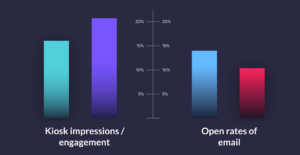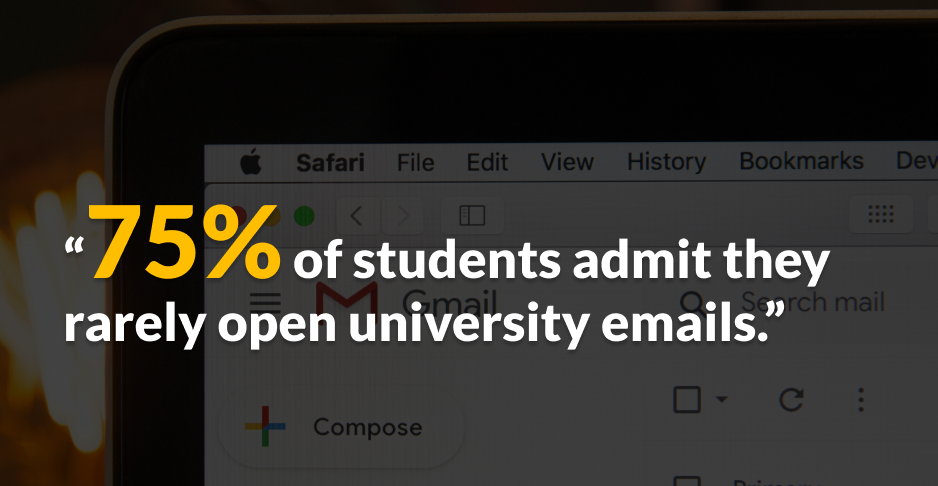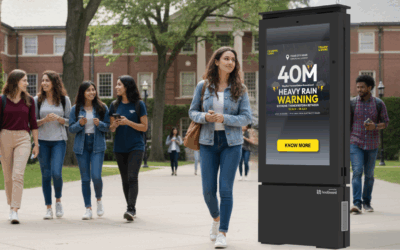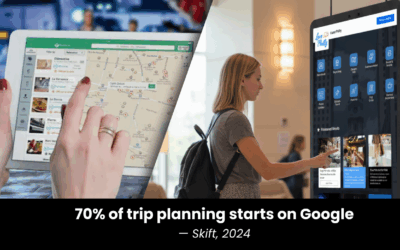Introduction: The Digital Disconnect on Campus
It’s a Monday morning on campus. A student rushes to class, headphones in, eyes flicking between Instagram notifications and a group chat. Somewhere in their inbox, buried beneath dozens of unread updates, sits an important email from Student Affairs about an upcoming mental health workshop.
That email? Ignored.
This is the communication crisis unfolding across universities worldwide.
Despite their best efforts, most institutions continue to rely heavily on email to connect with students. But in an age dominated by real-time messaging, app-based ecosystems, and visual-first platforms, email has become a low-priority channel—one that students associate with formality, not immediacy.
A 2023 EAB study found:
- Only 26% of undergraduates check their student email daily
- Over 40% “rarely or never” read campus-wide announcements
- 89% of respondents admitted they’ve missed important events, deadlines, or opportunities due to poor communication visibility
It’s not that students don’t care. It’s that institutions are speaking a digital language that students no longer use—and the results are missed resources, low event turnout, and gaps in critical support.
The solution? Rethinking communication infrastructure entirely—with interactive kiosks and real-time digital engagement tools that meet students where they are, both physically and behaviorally.

The Problem: Email Doesn’t Match Student Behavior
Universities continue to treat email as the primary hub of communication. It’s formal, centralized, and administratively easy to manage. But for students, it’s burdensome, slow, and usually not worth opening unless it’s grade-related.
Today’s students operate in real-time:
- They consume snackable content in visual formats
- They value immediate, personalized updates
- They expect mobile-first communication
- They prefer opt-in notifications over long digests
This behavioral shift means traditional methods like posters, emails, PDFs, and newsletters simply no longer deliver the necessary reach or response rates.
Meanwhile, universities rely on these very tools to promote:
- Mental health and wellness services
- Career fairs and job prep resources
- Campus safety alerts
- Clubs, sports, and cultural events
- Financial aid deadlines
- Academic deadlines and policies
When those messages are ignored, the cost isn’t just administrative—it’s student well-being, retention, and experience.

The New Playbook: Kiosks and Digital Communication Hubs
Rather than trying to make students change their behavior, the winning strategy is to align with it.
Interactive kiosks and digital signage placed in high-traffic locations—like student centers, libraries, dorms, dining halls, and classroom buildings—can serve as live engagement hubs that surface the right information at the right time.
With platforms like HootBoard, universities can deploy kiosks that are more than screens—they’re interactive communication ecosystems.
How Kiosks Transform Student Communication
1. Information Where Students Are
Strategically placed kiosks ensure that information is seen, not buried.
Students walking into the student union or grabbing coffee in the dining hall are more likely to glance at a vibrant, motion-rich display—or even engage with a touch-enabled interface—than open an email after class.
Kiosks become passive awareness channels and active discovery tools, based on placement and use case.
2. Live, Contextual, and Visual Content
Kiosks powered by real-time CMS platforms can display:
- Upcoming events and RSVP options
- Maps and wayfinding for large campuses
- Dining menus, hours, and food truck alerts
- Job and internship postings
- Health & wellness campaigns
- Emergency announcements
Departments can control and update content instantly. No printing. No waiting on IT tickets. No inboxes.
3. Interactive Engagement Options
Students can:
- Scan QR codes to save event info or RSVP
- Submit feedback or quick polls
- Sign up for clubs or download resources
- Navigate to related content or social links
- Access campus-wide or department-specific info on demand
It’s communication designed for interaction, not broadcast.
4. Cross-Department Collaboration
Kiosks can consolidate communications from:
- Student Affairs
- IT Help Desks
- Campus Security
- Career Centers
- Academic Advising
- Athletics and Clubs
Rather than competing for limited inbox space, departments collaborate on a unified student-facing interface that adapts in real time.

Why This Works: Behavioral Alignment
The power of kiosks isn’t just in their design—it’s in their alignment with how students behave.
Modern students:
- Rely on visuals and motion to guide attention
- Engage with screens more than paper or bulletin boards
- Prefer real-time updates over static announcements
- Expect content to be relevant, current, and easy to act on
Kiosks provide micro-moments of attention that add up throughout a student’s daily journey—whether it’s checking dining options while walking through the union, or glancing at career events on the way to class.
These small interactions lead to greater awareness, higher turnout, and deeper engagement.
IT & Admin Benefits: Efficiency, Control, and Data
From an operations perspective, kiosks offer powerful advantages:
- Easy content scheduling: Set announcements to go live or expire automatically
- Departmental control: Assign access levels for departments to manage their own feeds
- Centralized dashboard: Monitor all kiosks, content engagement, and performance
- Analytics: See what topics get clicks, what times get the most attention, and where to improve
Unlike email, where open rates are the only metric, kiosks provide location-based engagement analytics—data that can guide programming and inform decisions.
Cost, Scalability, and Long-Term Value
Interactive kiosks may sound like a premium investment—but compared to print campaigns, low-yield email tools, and manual awareness efforts, they offer long-term efficiency and flexibility.
One kiosk can:
- Serve thousands of students per day
- Run content from multiple departments
- Replace dozens of print signs, boards, and flyer posts
- Adapt to new needs each semester (orientation, elections, wellness weeks, etc.)
Most importantly, kiosks can scale—starting with high-traffic zones and expanding across dormitories, libraries, or specific departments over time.
With centralized cloud-based management (like HootBoard’s CMS), universities can manage dozens of kiosks from one dashboard.
Final Thoughts: Meet Students Where They Are
Universities invest deeply in student services, events, and programming—but if students don’t see or engage with those opportunities, the impact is lost.
The communication crisis on campus isn’t due to lack of effort—it’s a mismatch between how institutions send messages and how students receive them.
Interactive kiosks offer a modern, scalable solution to this gap:
- They boost visibility
- Encourage action
- Simplify collaboration across departments
- Reduce communication clutter
- Give administrators real engagement insights
In the age of short attention spans and notification fatigue, the most valuable message is the one that actually gets seen.
Don’t wait for students to open an email. Put your message in front of them—right where they live, study, and socialize.




